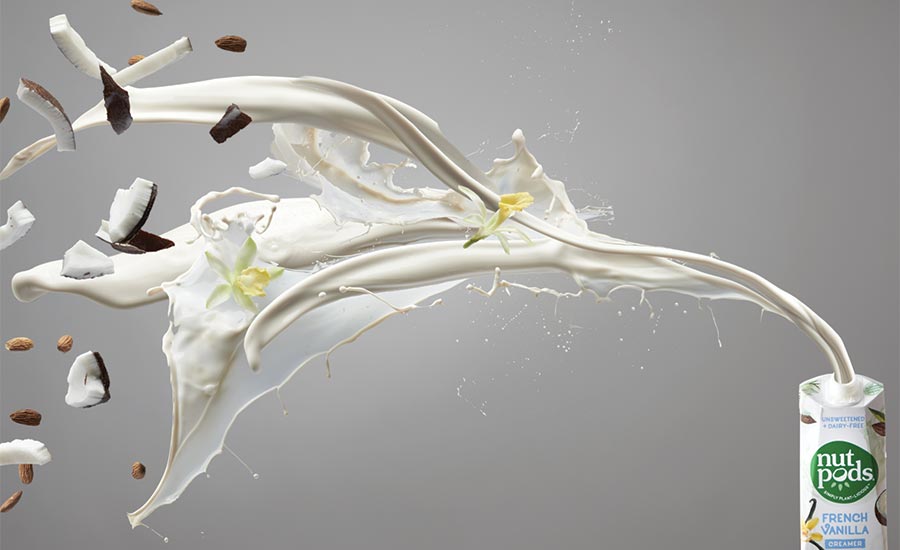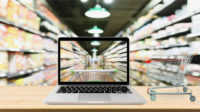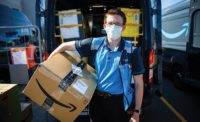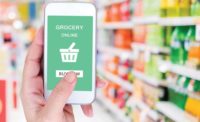2019 Predictions: E-Commerce
E-Commerce Offers Opportunities for New Foods, Drinks
A look at three trends that brands and grocery retailers can count on

Green Grass Foods’ Nutpods non-dairy creamer has been a success since launching direct to consumer with Amazon in 2015.
PHOTO COURTESY OF: GREEN GRASS FOODS (WWW.NUTPODS.COM)
Online grocery sales projections vary wildly, so I’m siding with Nielsen’s forecast of $100 billion by 2022. Regardless of the exact figure, the pace of change in retail grocery is accelerating. As we cruise into 2019, there are three trends among many, all with multiple nuances, that brands and grocery retailers can count on.
Online Success Requires Innovation
Amazon’s purchase of Whole Foods created an increased sense of urgency for grocery retailers to get in the game with an omni-channel approach. Amazon’s super-power has always been to take an idea to market quickly and sometimes fail—but more often, it racks up another powerful win. Like Amazon, retailers that truly innovate around their current business model will win the day, rather than those who try to copy or simply go head to head with their biggest competitors.
The same is true for brands. The online marketplace requires new ways of thinking around unique products, eComm specific packaging and flexibility around marketing support in order to succeed in this unique space. And it’s important to recognize that consumers are shopping in new ways. There are more than 47 million Echo devices in homes today, giving Amazon the largest share of the smart speaker market and providing consumers with a seamless way to shop: just tell Alexa.
No Product Category Off the Table
Brands can no longer relax with the notion that, “My products are perishable so we don’t need to worry about this online beast.” Many brilliant perishable brands have launched and built their equity online before ever hitting a grocery store shelf. Cali’flour Foods didn’t allow the fragile nature of their product to stand in the way of developing a huge brand, while largely controlling their own destiny, online. The time to jump in is now. First mover advantage can catapult a brand to success in their category online when they wouldn’t stand a chance of getting on the crowded retail shelf.
Supporting this trend are fulfillment partners that have fine-tuned shipping for perishables. They have developed precise and deliberate ways to optimize every element of the shipping process and consumer experience. Tossing a few ice packs in a random box to get product to a customer won’t cut it online. These new fulfillment pros know that every inch and ounce counts toward a brand’s success and profitability and they use engineers and technology to come up with customized solutions.
Brands Have New Opportunities—Too Many to Mention
By 2021, Amazon plans to open 3,000 Amazon Go Stores, combining the convenience of technology with an in-store experience. Go stores offer traditional grocery essentials, grab-and-go options and meal kits, creating a new market for brands to sell in their existing product format and also, as ingredients. Additionally, all major eCommerce sites have jumped into the private label game, so products suited to this model have yet another business development outlet.
Originally appeared in the December, 2018 issue of Prepared Foods as Time to Go, Grow.
Looking for a reprint of this article?
From high-res PDFs to custom plaques, order your copy today!









